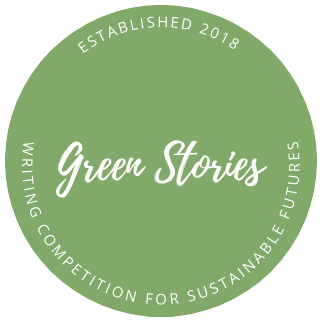Renewable energy features in many of our stories. Solar, wind and using gravity to store energy featured heavily in the story Efficiency in our anthology. Solar panels and floating solar panels featured also in numerous other stories such as Oasis and Penang Fairhaven.
There are already several start-ups developing gravity energy storage systems.
Positive News is a good resource for latest innovations in renewable energy, e.g. see: Good Energy Archives – Positive News – Positive News
Our experts have classed this solution as ‘audacious’ (high gain and high risk).
Do your own research on the solution
Watch this video explainer from start-up company Gravitricity, which is already working in this space.
There are two different approaches to energy storage that start-up companies are using. Watch this video to learn about them both and their pros and cons.
Solar
Floating Voltaic Panels
Radio 4’s 39 Ways to Save the Planet makes a great case for floating solar panels, which they say may work well especially in areas such as Bangladesh. https://en.wikipedia.org/wiki/Space_sunshade A project in the Netherlands are trialling solar panels on sea with great potential. Floating Voltaic Panels (FPVs) exist on reservoirs owned by water companies and privately.
They can also work coupled with hydro-electric reservoirs especially in summer when there is high solar radiation and low water flow. The US Dept of Energy estimated that solar arrays on all the world’s hydroelectric reservoirs could meet half of global energy demand.
The shading caused by FPVs has an additional benefit of reducing evaporation loss and slowing growth of problematic algae. These work great in countries such as Africa with high evaporation and countries with many waterside developments e.g. East Asia. Floating solar panels currently are not robust enough to work on the ocean except in sheltered bays safe from waves. But this is a huge opportunity so there is an opportunity for experts in offshore engineering to work together to see if FPVs can be expanded to ocean.
Solar thermal heating
Solar panels only convert 20% of the energy they receive into electricity , but 50% can be converted into heat. Kits such as the solarisKit are light enough to be mounted on roofs and can be used to heat gas boilers.
Interested in progressing this solution further?
How does this solution rate on:
Wind
Wind energy capacity is increasing each year. Ways to increase output are to design bigger turbines, situate in deeper waters, further out to sea where wind is stronger and less intrusive to coastal wildlife, and also to use AI robots to maintain them, lowering cost of maintenance and increasing efficiency. This is covered in a Radio 4 episode of 39 ways to save the planet.
Also by using technology to scan for bats and predators, wind turbines can only shut off when most necessary and limit impact on wildlife
